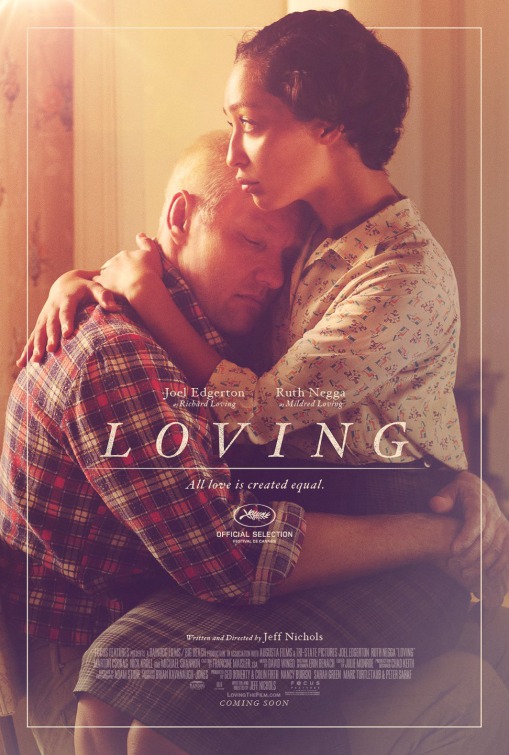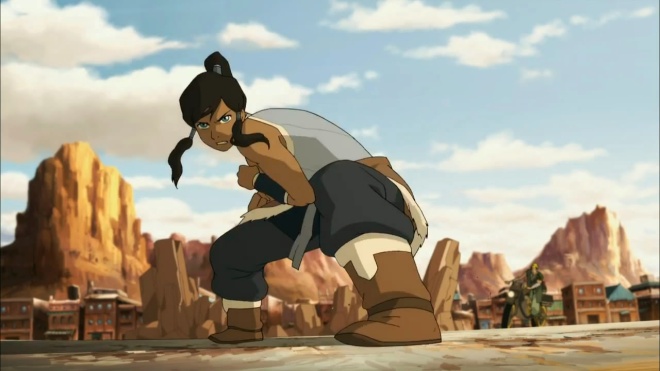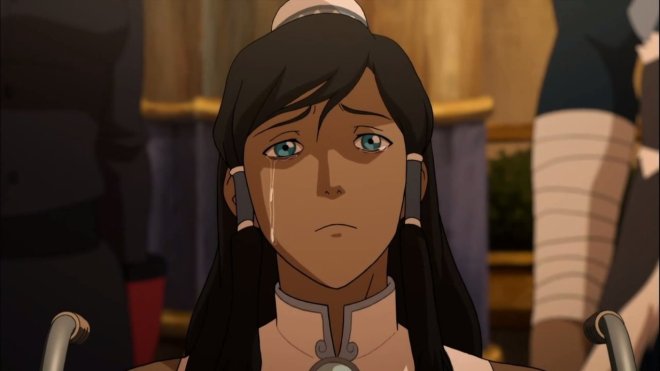As a rule, I don’t like musicals. But I like Lin-Manuel Miranda, I liked Hamilton and I like Andrew Garfield, so I made an exception to watch ‘Tick, Tick… Boom!’, an adaptation of the late Jonathan Larson’s semi-autobiographical musical about his worries and frustrations with his career in the arts. It’s a good movie. The energy is infectious, the songs are catchy and Andrew Garfield electrifies from beginning to end- and yes, that’s him really singing… despite never having learned how to sing before!
But what resonated strongest was Larson’s anxiety at turning 30 years old and not having anything to show for it. At the time of the story, he’s a struggling waiter at the Moondance Diner in SoHo and he fears that he’s never going to succeed. He measures his progress to that of his idol, Stephen Sondheim, who broke on to the theatre scene at the youthful age of 27 with writing the lyrics to West Side Story. He captures this frantic drive as a metaphorical ticking sound like a timer counting down to doom.
And that struck home quite deeply.
If you look up ‘People who became famous before 30’, you’ll be struck by the fact that there are no results on either Google or DuckDuckGo’s first page. The opposite is true: it’s filled with links about people who became famous AFTER 30. Which is the norm, not the exception. Only a handful of lucky people get their big break before starting their third decade in life. But somewhere along the way, it has become a misconception that if you haven’t produced anything by your late 20s or younger, you’re a failure. Which is a lie, obviously.
Except it’s such a pervasive lie that it’s hard NOT to buy into it and feel anxious, especially if you work in the arts. It’s a cutthroat world out there, no matter what part of the world you come from. The odds of finding that sweet spot of critical and commercial success are miniscule, especially if you come from a country outside America or England where the market for the arts in the English language are still big and uncensored. Well, mostly.
Since I was 9, all I wanted to do was write stories. Then I wanted to make films, but that’s just another way of telling stories. I worked away at it since then, through my adolescent years, my late teens, my early twenties, my mid-twenties… I’m 27 now and like Larson, I’ve got little to show for it.
Lately, I’ve contemplated giving it all up and, to quote Neil Gaiman, getting a “real job”— whatever that means. I assume a “real job” comes with a nice paycheck and probably healthcare. Healthcare would be nice. It would be nice to have some money and not worry, especially as the country I’m living in continues to swirl ever downwards in a whirlpool of shit while caught in a storm of incompetency, buffoonery and complete clusterfuckery. It’s not that I don’t think I can write— I just wonder if I’m capable of telling an interesting story. That’s a big distinction. All the writing in the world can’t compensate for a badly-told and, Heaven forbid, boring tale.
But lately, there have been glimpses of hope. Not many but some. Faint flicking moments like sparks bursting far away in a dark void when I look at the work and it doesn’t make me cringe. Moments when character suddenly feels more than just words on a page. Writers talk about how their creations come to life like Frankenstein’s monster and for the first time, I know what they mean. Like a guitar string slowly tuned to its correct pitch, the story feels real. To me, anyway.
Watching ‘Tick, Tick… Boom!’, I’m reminded me that there isn’t a ‘Best By’ date in the arts. If anything, time and age is your friend. The older you grow, the more experiences you accumulate and the better your craft gets— so long as you keep at it— by which time you might have something worthwhile to say. I guess what I’ll give it a few more years and work harder at it. With luck, who knows? Someone might be interested enough to read it.









